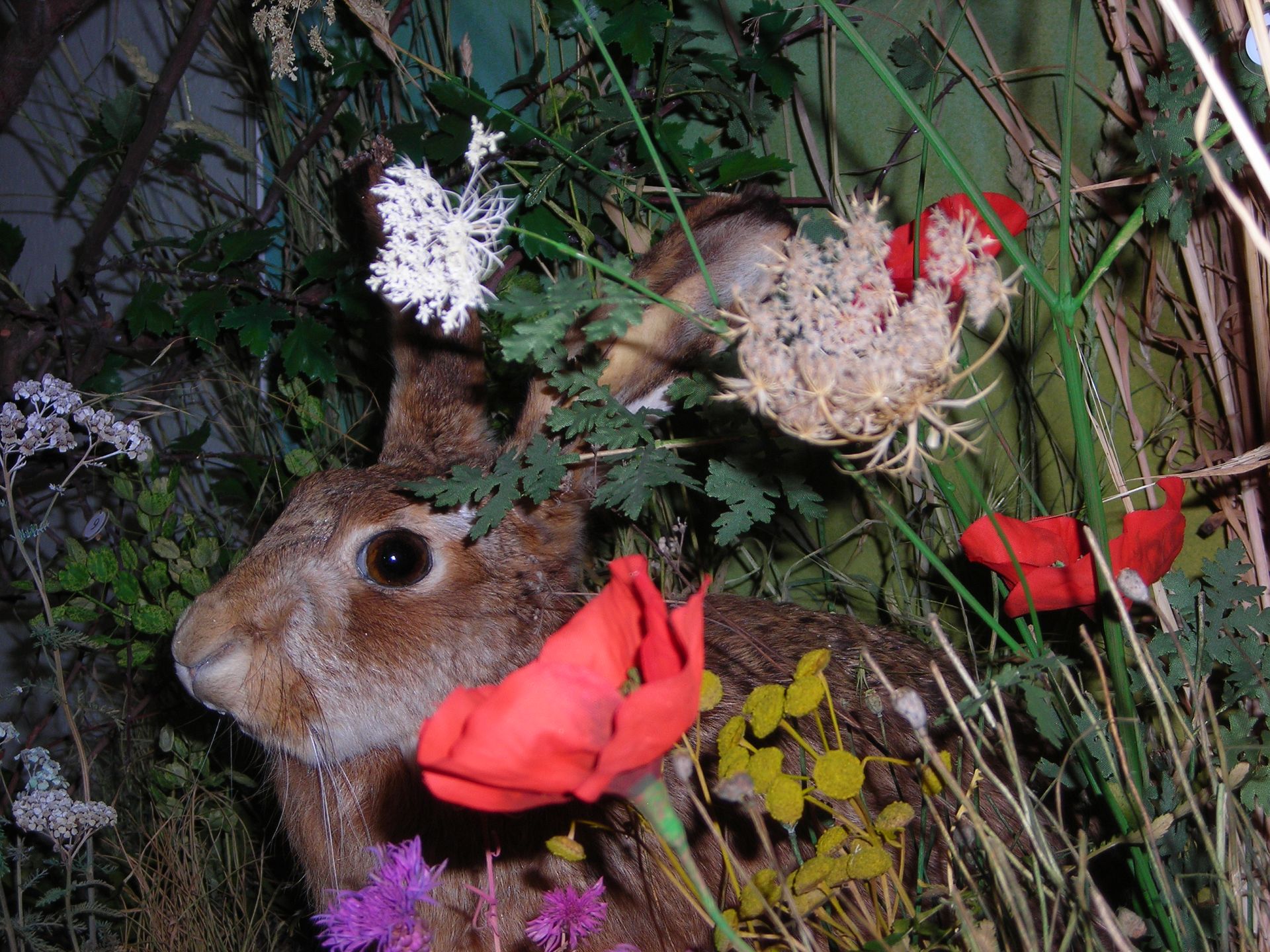
For centuries, the Goldene Aue was a near-natural floodplain landscape, rich in water bodies, forests and meadows. Today it is a wide, almost forest-free lowland through which the Helme River flows and which is used intensively for agriculture. Only a few small areas still bear witness to the former floodplain vegetation. The Kelbra reservoir, built in 1967, serves as flood protection for the Helme. It is a habitat for many species of waterfowl and provides resting places for migratory birds.
North of Sangerhausen the mountain ranges of the southern Harz begin. The clearing of the original mixed forest and the founding of villages began in the Middle Ages. A special animal in the southern Harz and still a secret but typical forest inhabitant near Sangerhausen today is the European wildcat. As a habitat, the shy and nocturnal hunter prefers extensive, originally left mixed forests with a lot of deadwood. Coniferous forest, planted as timber, has only existed in this area since the 18th century.
In the Spengler Museum, today's fauna and flora of the Golden Aue and the Southern Harz are presented as taxidermy in lifelike dioramas.